The Huaorani in Amazonia
For at least a thousand years, the Amazon forest of Ecuador, Oriente , was a host land for the Huaorani (which means "human beings" or "the people"). They consider themselves the most courageous tribe in Amazonia. Until 1956, they had never had any contact with the outside world.
A tribe with strong beliefs
The Huaorani are remarkable hunters and feared warriors. Threatened by oil exploration and illegal logging practices, their lives as hunter-gatherers changed to live mainly in camps. They have a vast knowledge of animals, plants and trees, which stems from a total dependence on nature.
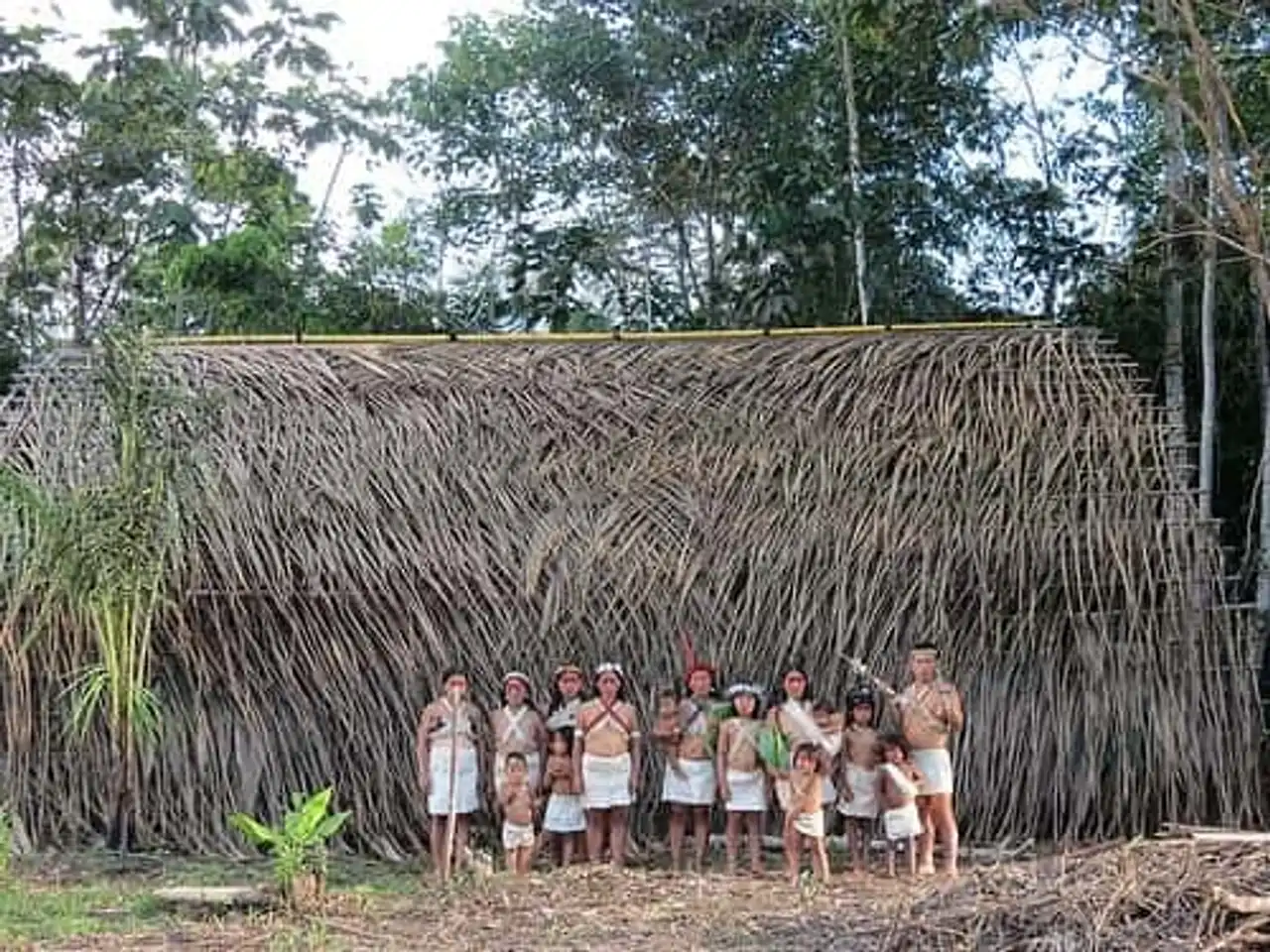
Flickr – Yasuni Waorani Camp
The Huaorani have an animistic belief, that is, they believe in the spiritual and physical existence of an animal. They believe that a person who dies walks on a path of life after death, which is kept by a great anaconda. Those among the dead who are unable to escape the serpent do not succeed in entering the field of dead spirits and cannot return to Earth as animals (often termites). Spirits are present all over the world, which, for the Huaorani, only understands the forest. The Huaorani are deeply identified with the jaguar, an important and majestic predator. According to the myth, they are the descendants of a mating between a jaguar and an eagle. They will never hunt the jaguar. And they will also not kill snakes because they are considered as a force of evil and a bad presage, especially anaconda.
Traditions and customs
Hunting and fishing provide a large part of the Huaorani diet, as well as cultural importance. Traditionally, hunted creatures were limited to monkeys, birds and pecaries (sanglars). Neither earthly predators nor raptors are hunted. Bananas, cassava, peanuts, sweet potatoes, berries (small fruits) and fruit are on the menu. The fermented cassava is the main ingredient of their beer, which flows in abundance during the festivities.
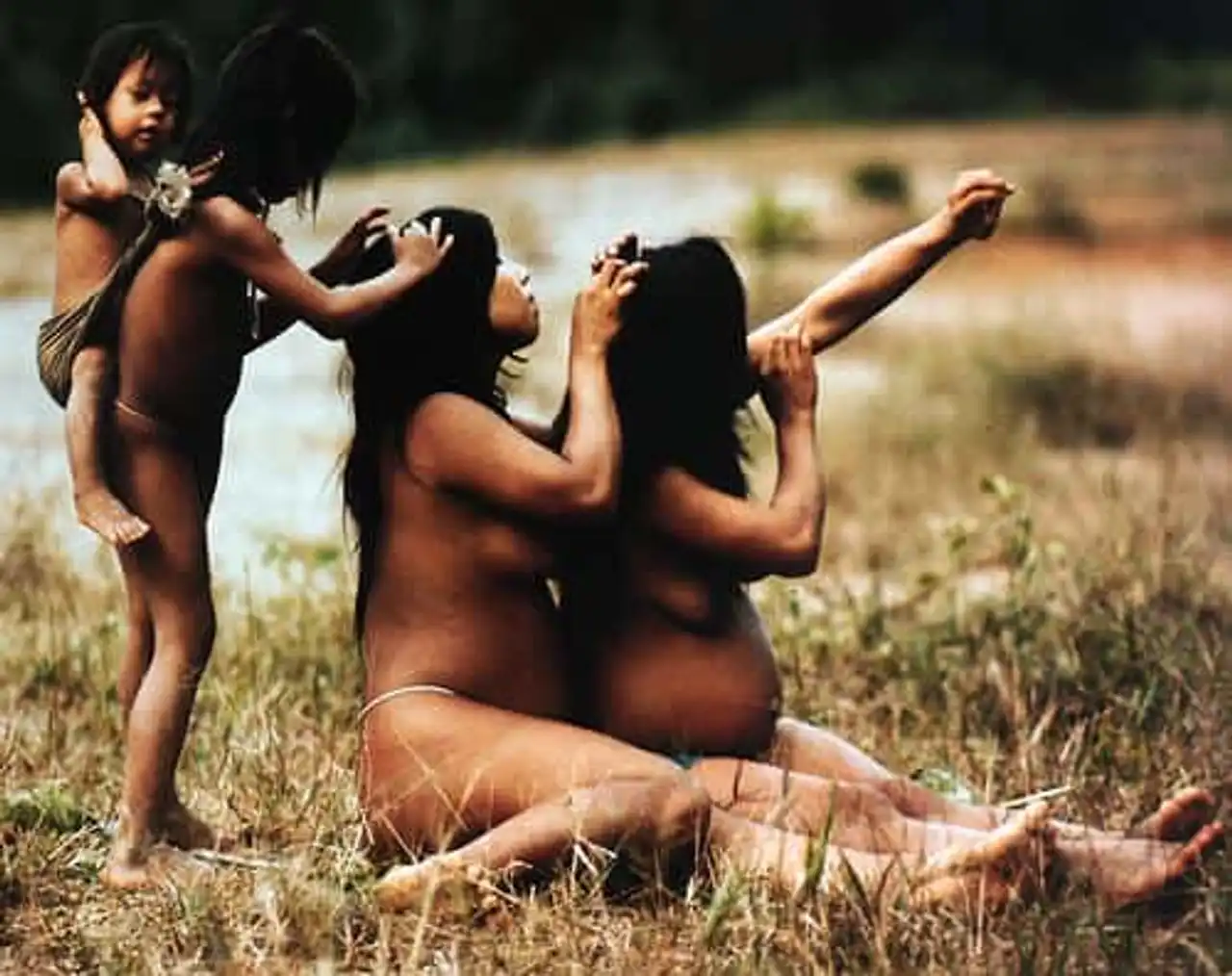
Flickr – VSmithUK
The Huaorani have a lot of taboos about tradition with hunting and food. They don't eat deer because their eyes look like human eyes. Certainly a joyous activity, hunting involves a minimum of ethics. The Huaorani must kill animals to live, but believing that they have a spirit and a soul, they must be soothed or they will be revenged. Therefore, a shaman shows respect during the ritual preparation of the poison ( curare ) deposited on the darts. Hunting with these darts is not considered to kill but rather as picking. One of the most important things in the Huaorani is family life . Expanded families are very close. Everyone contributes to the community: men, women and children. Men shoot trees to create fields so that women cultivate them. The food they plant includes bananas, peanuts, sweet potatoes and cassava. Once they have fully used the potential of the soil, they leave the area to find another place.
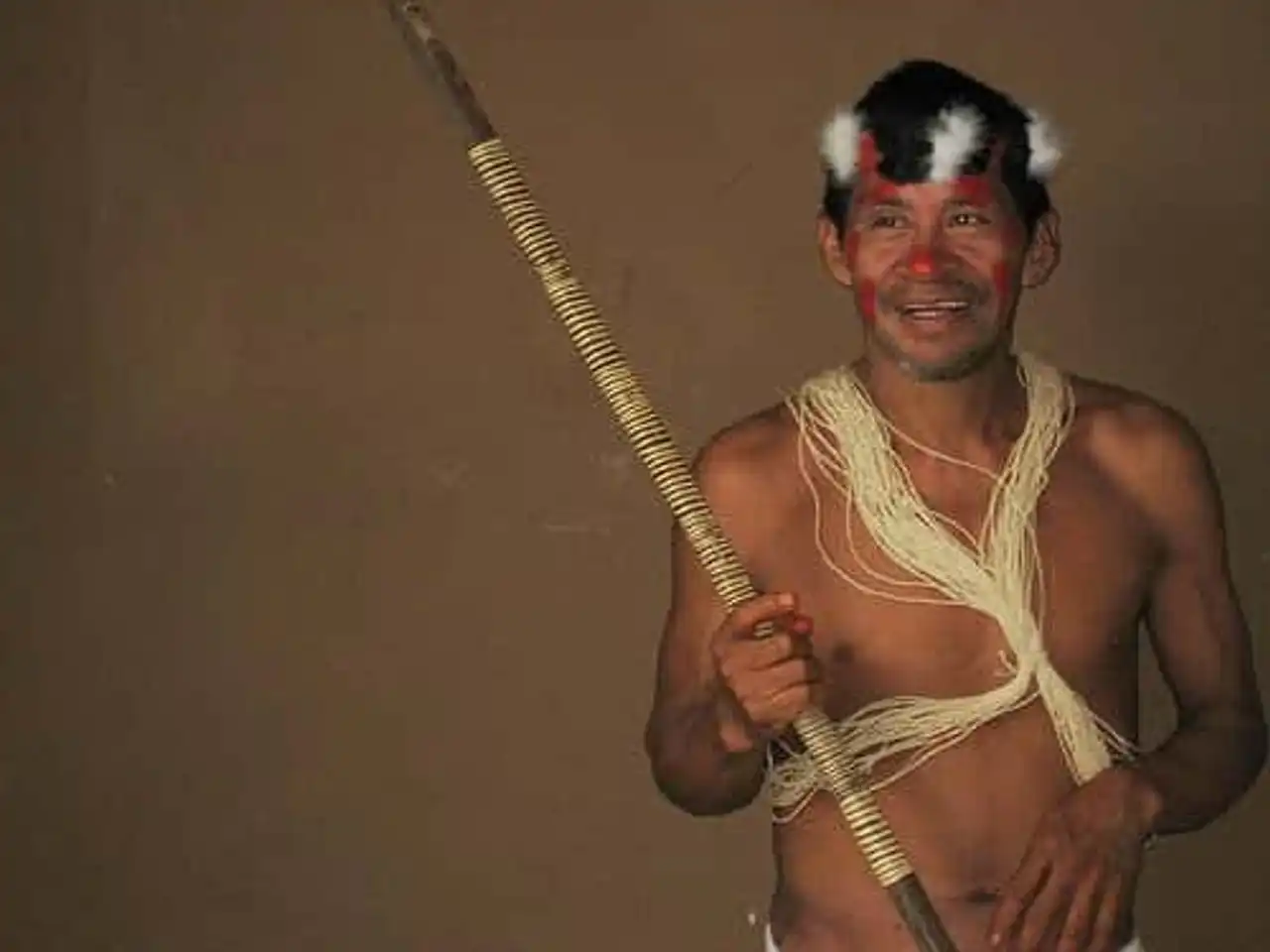
Flickr – bbcworldservice
Perfect knowledge of their environment
In addition to plants and trees, the Huaorani have great knowledge of poisons, medicines, hallucinogens, building materials and many others. The Huaorani marry one another, the tradition leading to an important social activity. They take great care in organizing ceremonies. Many of their celebrations and ceremonies lead to marriages. Usually men feed their families by hunting. Their main hunting weapon is the sarbacane. It is usually 3 to 4 meters long. They even make their weapons. ♪ Huaorani launches are most often made from wood pejibaye (small fruit palm) and have sharp peaks on both ends. As for darts, they are dipped with poison from the curare plant who paralyses his victims. This type of weapon allows the tribe to hunt preys like birds or monkeys, remotely. Their precision is implacable. The Huaorani usually wear their long hair. Face and body paintings are made for religious ceremonies, to scare evil spirits, or simply for aesthetic reasons. The paintings come from trees and plants growing in the region. Traditional dance is an important part of life. Children are included in dances to ensure that they will be transmitted to the next generation. In many situations, these dances involve the whole village. Waodani (or Waodari, Huaorani) is polygamous and is traditionally married within the tribe by marriages between cousins.
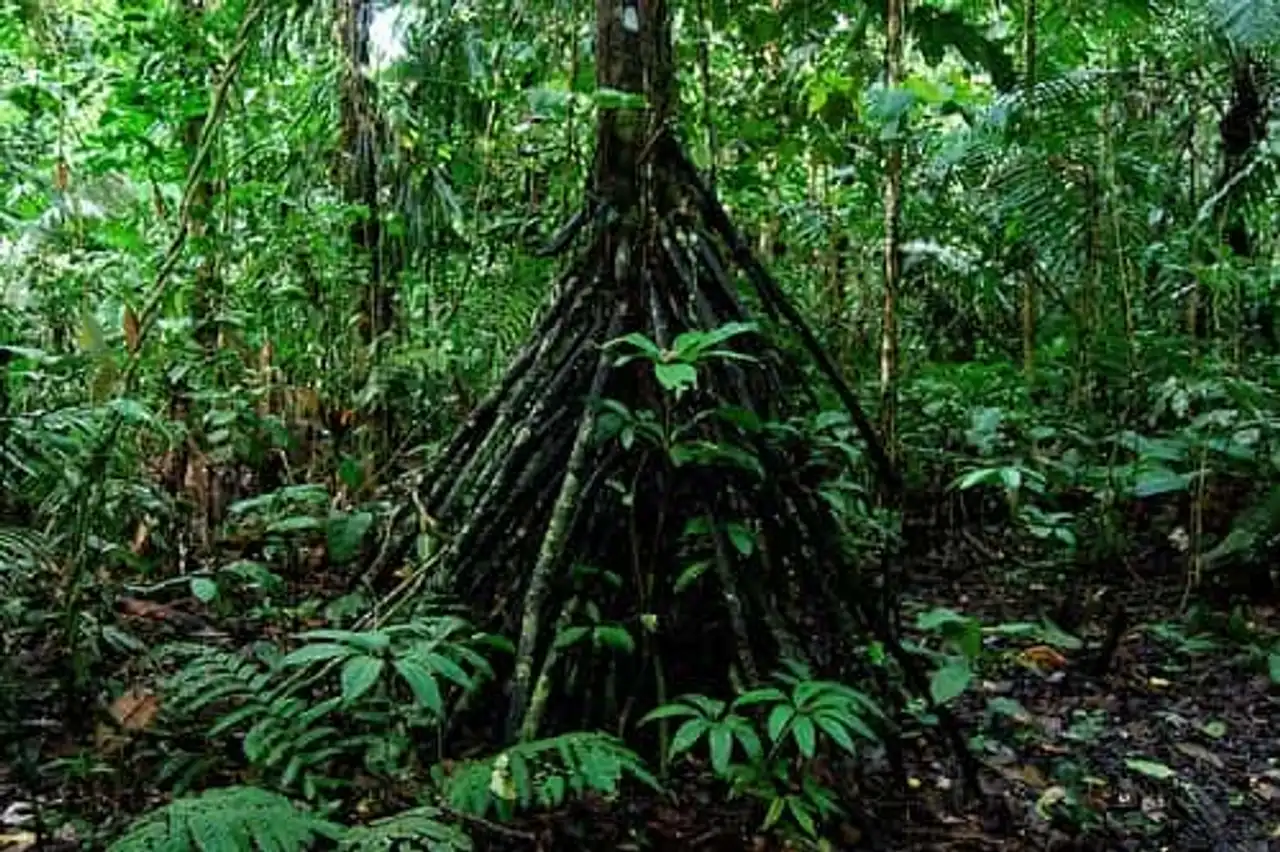
Flickr – ggallice
Today
Life changes for the Huaorani. Over the past few decades, they have, against their will, passed from a hunter-gathering society to a life of permanent forest camps (early sedentary). However, in remote villages, hunting is still the preferred way of life and the key to their survival. They have an intimate and profound knowledge of animals, which stems from a total dependence on nature. The Huaorani lands are threatened by oil exploration and illegal logging practices. In 2012, Huaorani had approximately 6,800 km2 of land, approximately one third of its territory of origin. .






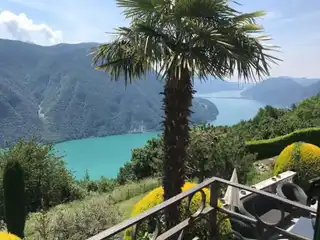
Loading comments ...